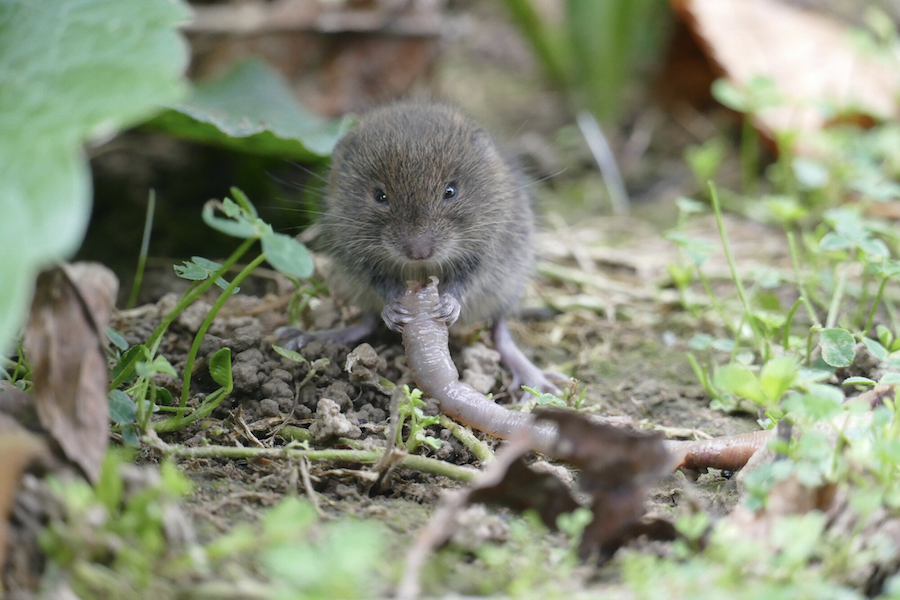Voles and moles are two common rodents associated with a person’s lawn. Given their destructive nature, they cause issues for homeowners and gardeners year-round. And if you are not sure what these pests look like, they are hard to spot.
But what is the difference between moles vs voles? And how do you prevent these issues from taking over your yard?
This guide will tell you everything you need to know about moles vs voles so you can spot them and scare them away.
What Are Moles and Voles?
Moles are identifiable by their stout bodies, velvety fur, tiny ears, and long, splayed feet. They are burrowers and spend most of their time underground, feeding on soil invertebrates such as grubs and worms.
Voles, on the other hand, have short, thick fur, small ears and eyes, and a shorter tail than moles. They are usually found near the surface of the ground, often living in fields and along roadsides, where they feed on plants, grasses, and other vegetation.
Anatomy and Appearance
The physical anatomy of a mole is far grander than a vole. Moles are substantially bigger than voles, growing up to 12 inches in length. Moles have spade-like front legs for power digging, skin-covered eyes, and wide front feet covered in dense fur. They have long, cylindrical bodies covered in velvety fur to insulate them from the environment.
Voles typically grow to only 3 to 5 inches in length and have a far shorter and more rounded snout than moles. Furthermore, voles have small eyes and ears that are almost hidden behind dense fur. Voles also have much shorter, rounded front feet with fully-furred soles suited for a more subtle burrowing lifestyle.
Habitat & Behavior Differences
Moles live primarily in underground tunnels, while voles live in underground burrows and shallow tunnels. This means that moles will often have visible tunnels above ground, while voles will not. It is also common for moles to prefer dark, wet habitats, while voles tend to be found in grassy or shrubby areas.
In terms of behavior, moles are primarily solitary animals, while voles can be social and live in large groups, and often raid gardens and crop fields. This also makes them easier to spot. Moles are carnivorous, while voles are omnivores, meaning they eat a wider variety of food items.
Effective Control Solutions
An effective mole control solution for moles and voles is trapping. Trapping is a beneficial method to aggressively reduce the population of moles and voles in an area. It is important to check traps regularly to prevent any animal from experiencing unnecessary suffering.
Repellents can also be used to effectively deter moles and/or voles from coming into an area. Common repellents include castor oil, garlic, peppermint oil, and other strong-smelling liquids or sprays.
Applying natural predators like birds of prey, snakes, cats, and dogs can be an effective vole control approach. Check this page for mole control services to survey the situation and to provide a control solution to control the moles and voles.
The Bottom Line: Moles vs Voles: Identifying the Differences
Moles vs voles may be similar in appearance, but there are some key differences that can help distinguish the two species. Familiarity and vigilance are the most effective tools for identifying and mitigating damages caused by either pest. If you believe you may have voles or moles in your yard, contact a local pest specialist to ensure they’re properly identified and removed.
Did you find this article helpful? Bookmark our site for more valuable insights.

